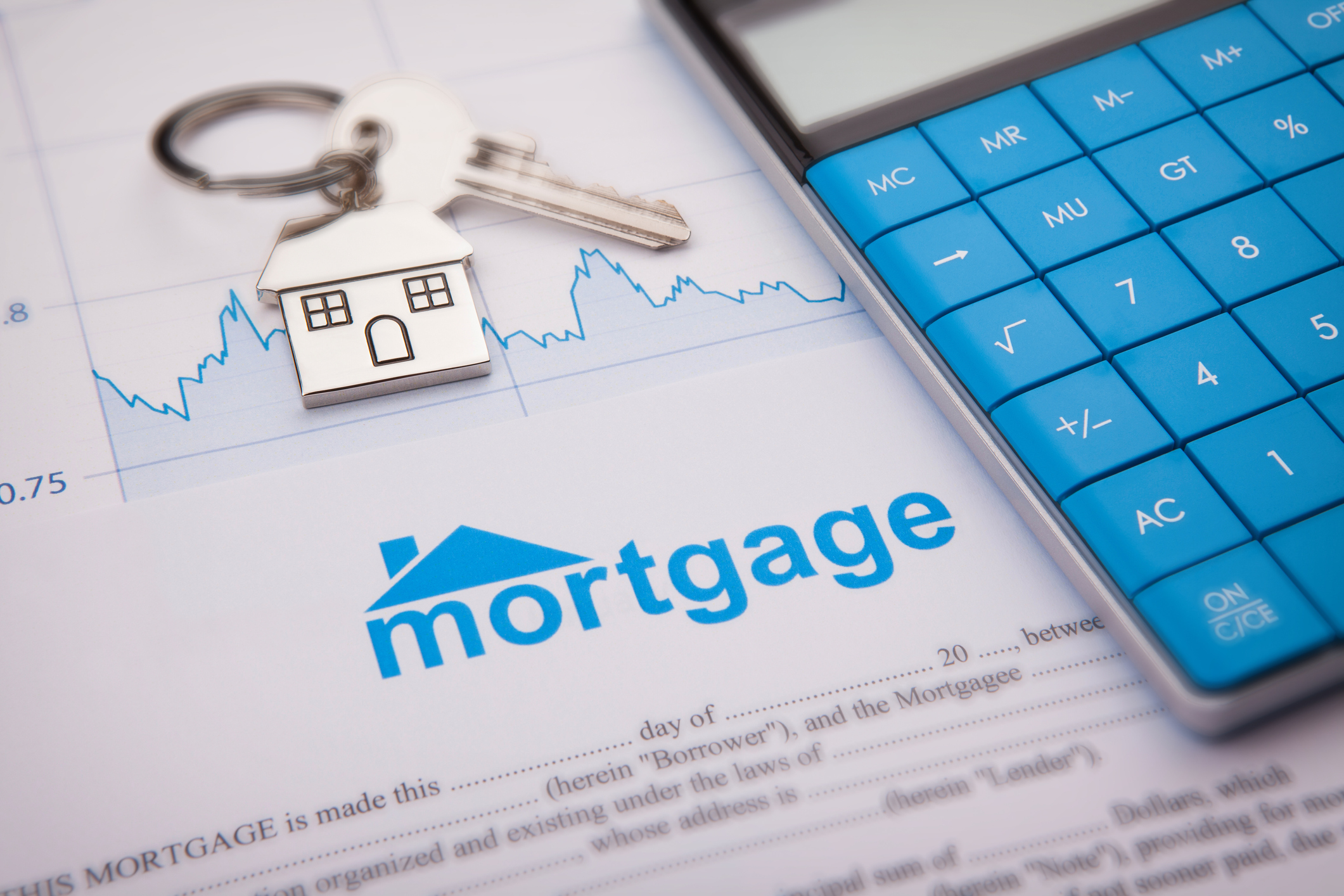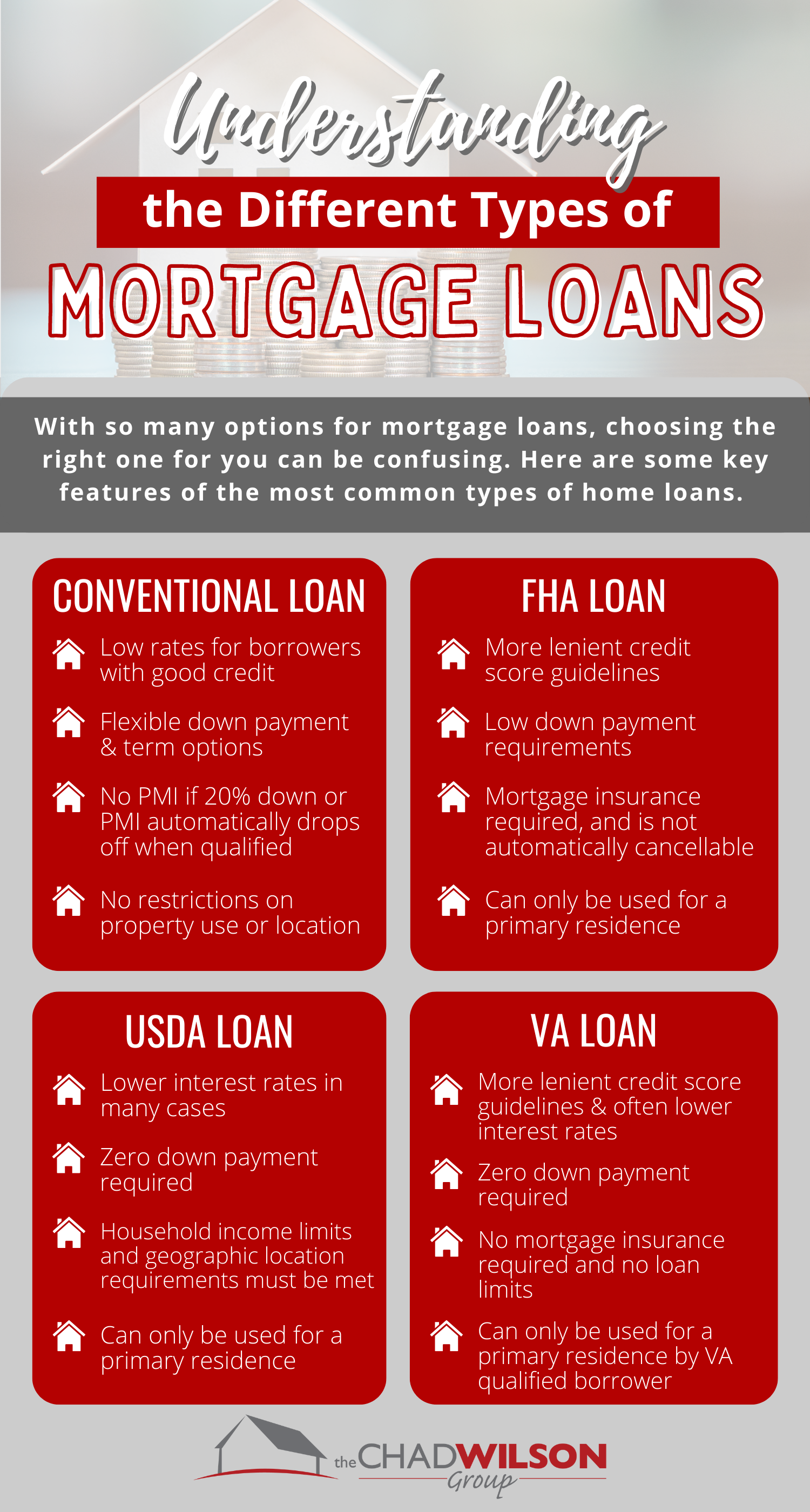Step-by-Step Procedure to Look For Conventional Mortgage Loans
Step-by-Step Procedure to Look For Conventional Mortgage Loans
Blog Article
The Necessary Elements to Consider When Deciding On In Between Fixed-Rate and Adjustable-Rate Mortgage Fundings
When evaluating home loan alternatives, consumers deal with a pivotal decision between adjustable-rate and fixed-rate car loans, each presenting unique advantages and potential challenges. Key factors to consider such as interest rate stability, predictability in month-to-month payments, and the implications of potential rate adjustments can considerably impact long-term financial health. Furthermore, comprehending the expected duration of homeownership and the total price of borrowing can form one's technique. As these aspects intertwine with private monetary situations and risk tolerance, the effects of this option may not be as straightforward as they appear. What subtleties should be focused on in this critical decision-making procedure?
Rates Of Interest Security
When choosing a mortgage, comprehending rate of interest security is important for educated decision-making. Rate of interest prices can considerably impact the total cost of a home loan, and recognizing the nature of these prices is important for consumers. Fixed-rate mortgages offer the benefit of constant month-to-month payments over the life of the financing, securing consumers from market variations. This stability allows homeowners to prepare their finances with higher assurance, as they will certainly not be affected by climbing rates of interest.
On the various other hand, adjustable-rate home mortgages (ARMs) start with reduced first prices that might change regularly based upon market problems. While this can lead to reduced settlements originally, it also introduces uncertainty, as borrowers might deal with increased repayments if rates of interest rise. For those thinking about an ARM, it is crucial to examine the possibility of rate modifications, the capacity for payment increases, and the size of the first fixed-rate duration.
Inevitably, the selection in between fixed-rate and adjustable-rate home loans depends upon specific danger resistance and monetary scenarios. Recognizing rates of interest stability helps borrowers make educated choices that align with their long-term economic objectives.
Regular Monthly Payment Predictability
While borrowers typically prioritize interest rate security, the predictability of monthly settlements is similarly essential in the mortgage option process (Conventional mortgage loans). Monthly settlement predictability plays a critical duty in budgeting and financial preparation, as it directly affects a home owner's money circulation and total monetary health
Fixed-rate home mortgages provide a regular regular monthly payment throughout the life of the lending, permitting customers to expect and plan their costs successfully. This security can be especially beneficial for new buyers or those on a fixed revenue, as it eliminates the unpredictability connected with fluctuating repayments.
Alternatively, variable-rate mortgages (ARMs) typically include lower first repayments that can change with time, leading to prospective irregularity in monthly commitments. While originally appealing, this unpredictability can make complex economic planning, specifically if debtors do not account for future rate adjustments.
Prospective Price Adjustments
In the world of adjustable-rate mortgages (ARMs), potential price adjustments represent a considerable aspect that consumers must thoroughly think about. Unlike fixed-rate home mortgages, where the rate of interest continues to be unchanged for the life of the financing, ARMs are identified by changing rates of interest that are connected to market indices. This variability can result in considerable modifications in month-to-month settlements, influencing the debtor's monetary preparation and budgeting.
Typically, ARMs have an initial fixed-rate duration throughout which the rate of interest is stable. Hereafter duration, nevertheless, the price readjusts at fixed periods-- typically yearly. Borrowers should recognize the margin and index made use of to calculate these adjustments, as they directly affect future rates of interest. Furthermore, ARMs often include caps that restrict just how much the interest price can increase at each change and over the life of the loan, which can give some level of protection against extreme price walks.
Comprehending these prospective adjustments is important for customers, as they directly influence long-term settlement responsibilities. Consequently, examining individual monetary scenarios and risk resistance is vital when determining whether an ARM lines up with one's monetary objectives.
Finance Term Considerations
Lending term factors to consider play a critical function in the decision-making process for customers selecting in between fixed-rate and adjustable-rate home mortgages. The size of the loan term considerably impacts regular monthly repayments, interest rates, and total monetary preparation.

Eventually, consumers should analyze their individual scenarios, financial objectives, and market conditions when considering the implications of finance term options within each home mortgage kind.

Total Price of Borrowing
Fixed-rate mortgages provide foreseeable regular monthly settlements, as the interest rate stays consistent throughout the financing term. This predictability can lead to reduced general prices, especially in a stable or declining passion rate atmosphere.
Alternatively, adjustable-rate mortgages (ARMs) usually begin with reduced preliminary rates, leading to reduced ahead of time costs. These prices can enhance after a preliminary duration, leading to potentially higher long-lasting costs. Customers have to take into consideration the regularity and level of price modifications, as well as the total funding duration, to precisely evaluate the monetary ramifications.
Furthermore, the overall cost of borrowing encompasses not only rate of interest but also costs and various other linked prices, such as shutting expenses and insurance policy (Conventional mortgage loans). For that reason, when assessing mortgage options, consumers must carry out a thorough price evaluation over the life of the funding. By doing so, they can make an educated decision that lines up with their financial goals and run the risk of resistance
Final Thought
In conclusion, choosing between adjustable-rate and fixed-rate home loan requires mindful factor to consider of a number of vital factors. Rates of interest stability and regular monthly repayment predictability are extremely important for reliable budgeting, while the potential for rate changes in ARMs introduces monetary uncertainty. In addition, the expected period of homeownership and the general expense of loaning, consisting of rate of interest and associated costs, must straighten with individual monetary conditions and run the risk of resistance. Such a thorough analysis will assist in enlightened decision-making in mortgage choice.
Key considerations such as here are the findings passion price security, predictability in month-to-month settlements, and the effects of prospective rate adjustments can considerably affect long-lasting monetary wellness. Passion prices can dramatically influence the total cost of a mortgage, and acknowledging the nature of these prices is crucial for consumers. Unlike fixed-rate home mortgages, where the interest rate stays unmodified for the life of the financing, ARMs are defined by fluctuating interest rates that are connected navigate to these guys to market indices. Additionally, ARMs commonly include caps that limit just how a lot the interest price can increase at each modification and over the life of the car loan, which can provide some degree of security versus radical price walks.
Passion rate stability and month-to-month repayment predictability are critical for effective budgeting, while the possibility for price modifications in ARMs introduces economic uncertainty.
Report this page